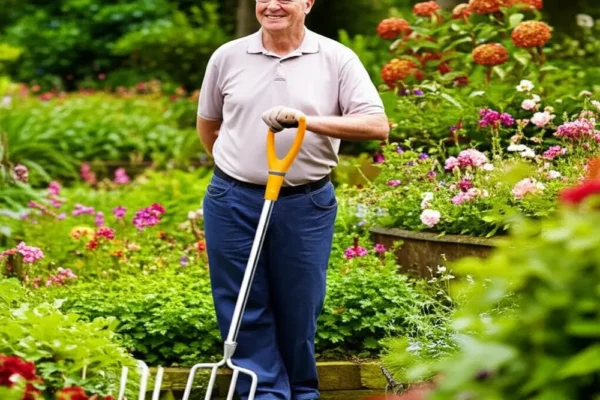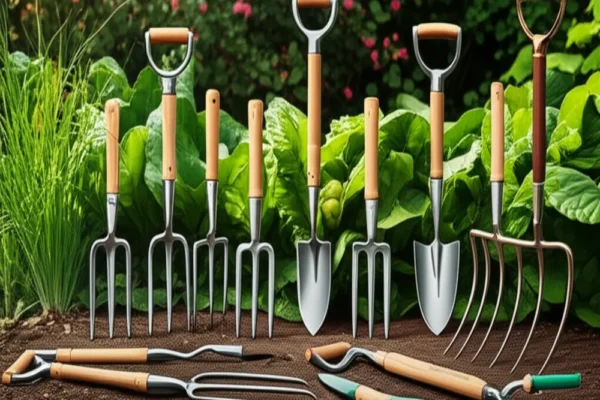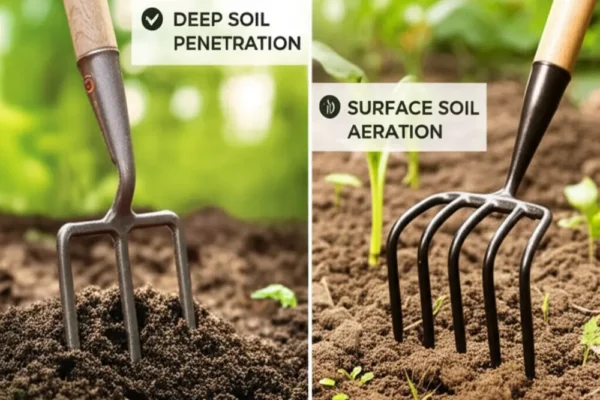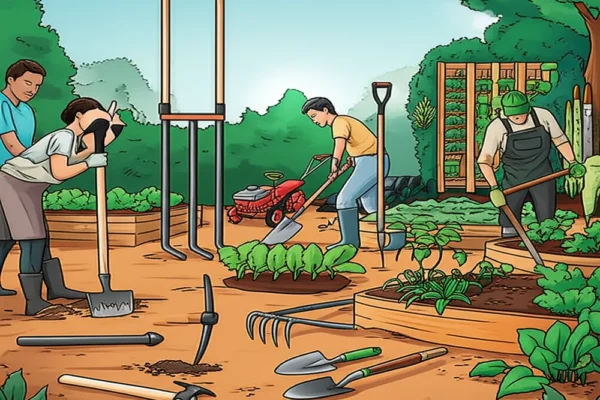Hand Cultivator vs Hoe: Which Essential Gardening Tool to Choose in 2025?
Gardening enthusiasts recognize that having the right tools can make all the difference in maintaining a thriving and healthy garden. Among the array of gardening implements, the hand cultivator and the garden hoe stand out as indispensable for soil care and weed management. This comparison guide will clarify the distinctions between these two tools to help gardeners select the ideal option for their tasks in 2025.
Choosing the appropriate tool not only boosts efficiency but also promotes soil health and plant vigor. By understanding the unique strengths and limitations of both the hand cultivator and hoe, gardeners can optimize their garden care practices.
Understanding the Hand Cultivator
Contents
A hand cultivator is a compact tool characterized by its claw-like tines, designed primarily for precise soil manipulation on a small scale. Typically featuring short or medium-length handles, the cultivator’s clawed tines are effective for loosening soil, aerating tight spaces around plants, and mixing in amendments like fertilizers or compost.
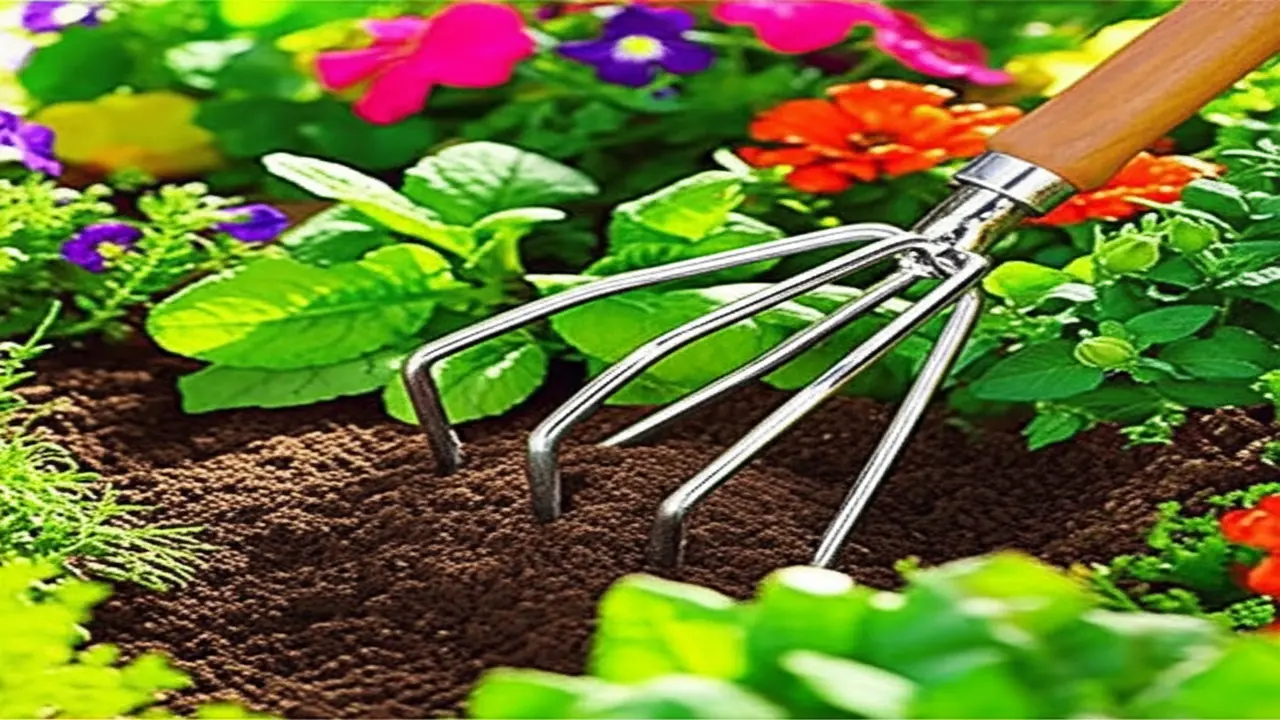
Its primary functions include breaking up crusted soil surfaces to improve aeration and water infiltration. It excels at weed removal between closely spaced plants by scratching or raking weeds out without disturbing roots. Additionally, this tool can efficiently mix soil amendments into the top layer of soil, promoting nutrient availability.
Hand cultivators come in several types, such as 3-tine and 5-tine models, each suited to different gardening tasks. Specialized shapes also exist for niches like container gardening or delicate flower beds.
Among the advantages of using a hand cultivator are its precision and gentle handling; it loosens compacted topsoil without damaging roots and is ideal for small garden patches and containers. On the downside, it is less effective in managing dense weed patches and is not intended for chopping through tough weeds or shaping soil on a larger scale. For extensive use, it may become physically taxing.
Understanding the Hoe
The garden hoe contrasts with the hand cultivator by sporting a longer handle paired with an angled blade. This design allows users to work standing up, making it practical for covering larger garden areas. Its principal roles include chopping persistent weeds, clearing garden beds, shaping planting areas, and creating furrows for sowing seeds.
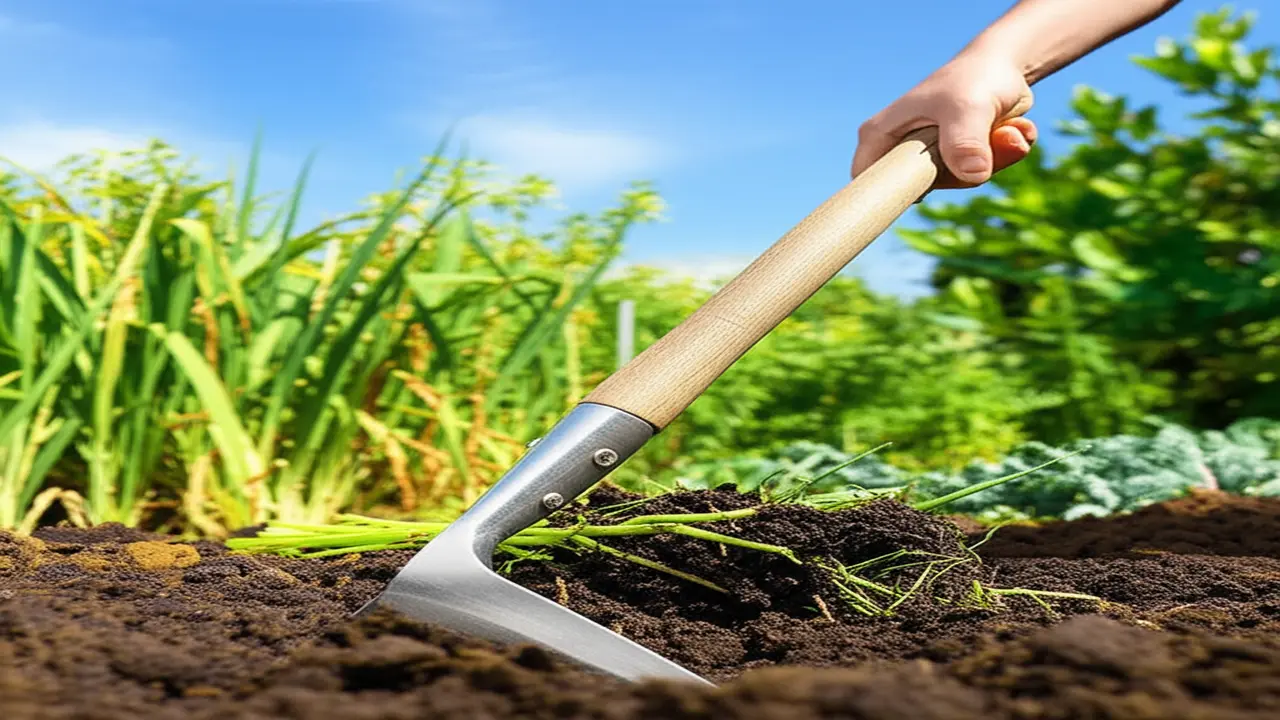
With action techniques such as chopping or push/pull motions, the hoe cuts weeds at their roots, minimizing regrowth. It is also instrumental in clearing debris before planting and forming furrows or raised rows, particularly useful for crops like potatoes. Moreover, hoes help break up larger soil clumps, preparing the ground for optimal planting conditions.
There are diverse types of hoes including garden or warren hoes, draw or Dutch hoes, stirrup or loop hoes, scuffle hoes, and collinear hoes, each designed for specific horticultural needs.
The advantages of hoes include rapid clearing of extensive beds, effective removal of tough perennial weeds, and the ability to shape beds and pathways with ease, all while allowing gardeners to work upright. However, their use near delicate plants risks damaging roots, and they lack precision close to seedlings. Furthermore, hoes are less effective on deep compacted soil and may inadvertently surface weed seeds if misused.
Consider enhancing your garden toolkit with Heavy-Duty Garden Spades for tough soil and Stainless Steel Garden Spades for lasting durability.
Side-by-Side Comparison: Hand Cultivator vs Hoe
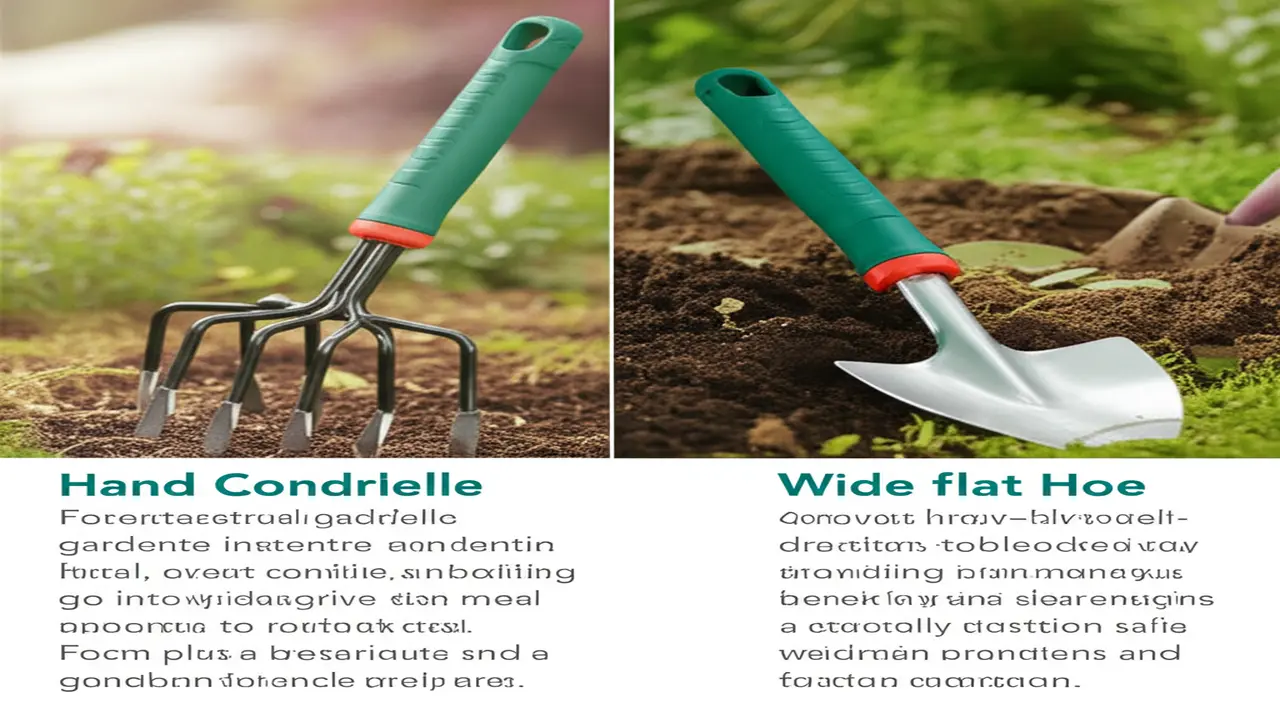
| Feature | Hand Cultivator | Hoe |
|---|---|---|
| Primary Function | Loosening and aerating soil, light weeding | Chopping weeds, clearing ground, shaping soil |
| Best Use Case | Close work near plants, small beds, containers | Open areas, large beds, pathways |
| Soil Impact | Surface aeration, minimal disturbance | Deeper soil disruption, breaking clumps |
| Precision | High precision with gentle touch | Less precise, more forceful |
| Ideal Area Size | Small to medium plots | Medium to large plots |
| Handle Length | Short to medium (approx. 12-24 inches / 30-60 cm) | Long (approx. 36-60 inches / 90-150 cm) |
| Weed Removal Style | Scratching/raking surface weeds | Cutting at roots by chopping |
In summary, the hand cultivator excels at loosening soil and aeration in tight spaces with precise, gentle work, whereas the hoe is effective for chopping weeds and shaping soil over broad areas. These complementary functions suggest that the choice depends largely on the scale and nature of the gardening task.
When to Use Which Tool
Hand Cultivator Use Cases: Ideal for tasks such as weeding tightly spaced vegetables and flowers where precision is crucial. When breaking up light soil crusts around established plants or gently aerating beds, its small size and delicate nature shine. It is also useful for mixing organic amendments in confined areas and working in raised beds or containers where larger tools would be cumbersome.
Hoe Use Cases: Best suited for preparing new garden beds or clearing pathways by quickly removing weeds and debris. Before planting, hoes are effective in creating neat rows and furrows for seeds while breaking up soil clumps. They excel at hilling soil around crops like potatoes. Additionally, hoes help maintain weed-free garden paths and larger growing spaces efficiently.
Complementary Use of Both Tools
Rather than choosing one exclusively, gardeners can achieve optimal soil health and weed control by using both tools in tandem. For example, a hoe can be employed to clear large spaces quickly, removing the majority of weeds and shaping beds. Subsequently, the hand cultivator can refine the work by aerating the soil around delicate plants and tackling weeds in confined spots, ensuring minimal disturbance.
Tips for Usage and Maintenance
Maximizing the lifespan and effectiveness of gardening tools depends on proper handling and upkeep. Use ergonomic techniques such as keeping the hand cultivator steady while avoiding excessive force and working in short sessions to reduce fatigue. For hoes, adopting a rhythmical chopping motion using body weight rather than arm strength can prevent injury and improve efficiency.
After use, thoroughly clean tools to remove soil and plant debris, which helps inhibit rust and wear. Hoe blades benefit from regular sharpening to maintain a clean cut through weeds and soil. Store tools in a dry place, ideally hanging or in a rack, to prolong their durability and maintain their shape.
Conclusion
Both the hand cultivator vs hoe are vital gardening tools with distinct advantages tailored to certain tasks. Understanding their differences ensures gardeners select the best tool according to the size of the area and the specific gardening activity. Proper tool selection ultimately leads to more efficient work and healthier soil structure, contributing to flourishing gardens in 2025 and beyond.
For more detailed insights into gardening tools and their proper usage, visit the University of Illinois Extension on Garden Tools and the Royal Horticultural Society Tool Guide.
FAQs
- Can I use a hand cultivator for large garden areas? The hand cultivator is best for small to medium-sized beds or confined spaces. For larger areas, the hoe is more efficient.
- Are hoes suitable for delicate plants? Hoes are less precise and can damage roots near seedlings, so use cautiously or opt for a hand cultivator in such cases.
- How often should I sharpen my hoe blade? Depending on use, sharpening every few weeks during the growing season ensures optimal cutting performance.
- Can the hand cultivator be used in containers? Yes, its size and shape make it ideal for aerating and cultivating soil in containers and raised beds.
- What type of hoe is best for general gardening? A garden or Dutch hoe is versatile for general weeding and soil preparation tasks.
Additional Resources on Garden Tools
Equip your garden for success with expert recommendations on a range of essential tools including best garden spades, professional pruning shears, and cordless pruning shears to complement your hand cultivator and hoe.

